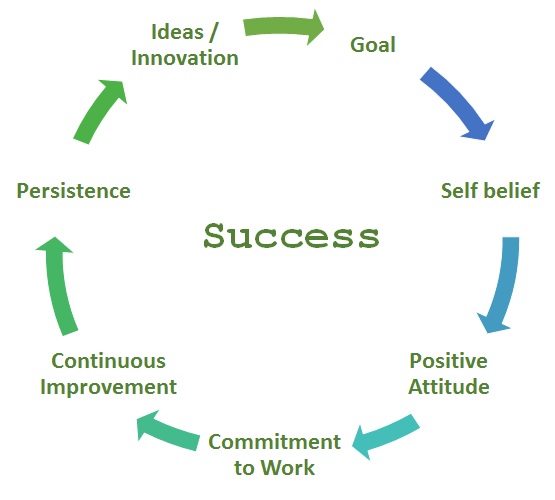IBM’s seven keys of Success

IBM’s own transformation as a competent and reliable global sourcing partner (supplier) involved refining and emphasising its internal ‘project’ perspective on high-tech production. They recognised that successful projects were the key to IBM’s continued success. IBM had a catalogue the practices and techniques observed to be effective on the many hundreds of internal projects, both successful and unsuccessful projects, and practices or techniques that aided and impeded success.
“If you want to alter the course of your project’s history, you must communicate at the executive level.” – IBM white paper, 2004

IBM’s Project Management Centre of Excellence was promoted and eventually ingrained its approaches as core corporate value. They adapted the project perspective and refined it into a system for corporate delivery; governance for suites and programmes of projects. In essence this is a ‘project of projects’ approach and is applied across the entire organisation. A traffic light system monitors both direct and indirect controls. Direct controls are the typical outputs of any project: a schedule, scope, and performance against both. Indirect controls address the project’s context, its environment and politics: overall benefits, stakeholders’ involvement, risk mitigation, and delivery of benefits.
The model generally runs on a monthly cycle. These shared and relatively simple measures apply to all projects in the organisation (globally). The data is simple enough to be meaningful, aggregated and comparable across projects. The dynamics of the model are similar (if not identical) to the ‘Deming cycle’; plan, do, check, act. In IBM’s case for each project; 1) assess the state of the 7 keys over the period (1 month), 2) plan adjustments and change, 3) act and implement, 4) resulting in new status of the 7 keys.
Reference – Seven keys of success: https://managingglobalsourcing.blogspot.com/2011/03/ibms-seven-keys-of-success.html
Tags
Bestarion Website Admin



